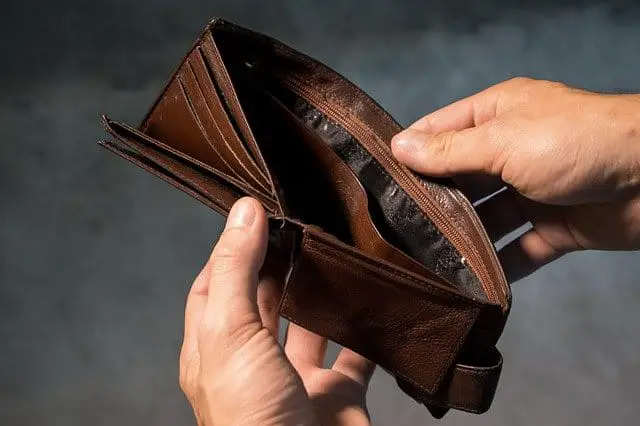In this article we’ll tackle the complicated question: What Is A Core Proceeding in Bankruptcy?
When you file a bankruptcy case in court, three shareholders get involved in the matter- debtor, creditor, and the court. Some courts are authorized to handle disagreements during a bankruptcy case, and their power is limited, unlike other courts.
In some cases, there can be matters that are not directly a part of the bankruptcy case but must be resolved even before the court can finalize the bankruptcy case.
When such cases occur, it is essential to understand the legal differences between non-core and core proceedings and resolve them urgently. So, what is a core proceeding in bankruptcy? Let us find out.
What is a core proceeding in bankruptcy?
At times the situation may not be in your favor when you are bankrupt. So, in such cases, you file a case in the Bankruptcy case in the court. After carefully analyzing the case, the bankruptcy judge decides on the main reasons that are directly related to the bankruptcy case.
These primary factors are directly related to or are involved in the bankruptcy. Such factors are considered “core proceedings” as per the 28 U.S. Code § 1334 Bankruptcy code.
The core proceeding is, however, different from the non-core proceedings. Just for information, matters involving custody of a child, injury or death, fraud, etc. are involved in the non-core proceedings. The judges can opt not to listen to these non-related matters, which may also be involved in the case.
We shall discuss the kinds of core proceedings involved in the article.
Types of Core proceedings
The core proceedings can be of 16 types but are not limited to just these factors. We have listed a few below.
1. Distribution of properties
This means that when the creditors are to be distributed back the amount in the bankruptcy, the people involved do not agree to the clause. This also consists of the governance of bankrupt estate that has been confiscated and the administration of those properties as well.
The court also governs the trustees who are to be appointed to take care of and oversee the bankrupt properties. When the judge who handles the case notices any discretion in the matter concerning this factor, that is considered a core proceeding.
2. Illegal possession of debtor properties
Property or possessions owned by another person which also a part of the debtor’s property, then the court will interfere and has every right to ask the person to give in the property. The court also has the function to decide when should be given an exception to keep the properties. This involves the court’s power to govern or look after the validity and extension of the properties that are a part of the bankrupt case.
3. Confirmation hearing by the Court
Confirmation of Bankruptcy is to be made through a hearing by the court. The court must also confirm/approve the plan of bankruptcy. There are multiple Chapters of the repayment plan involved in a case, and the court must approve the ideal plans for the particular case.
For Example, Chapter 13 consists of the amount that the creditors will receive and which debt will be paid off. Hence chapter 13 is an essential part of the Bankruptcy repayment plan. Other chapters may be involved, and the decision has to be taken by the court.
4. Force collection of debts
The court looks after the properties or funds that the debtor must have transferred to their relative just before the bankruptcy case was filed. The trustees involved in the case have every right to file a lawsuit against the relative and the debtor’s illegal transferring of funds.
The other part consists of the court’s power to stop creditors from collecting the amount back from the debtor. And in some instances, there might be a turn of events where the trustees may turn over a property, which means that the trustees should ask the court to order a bank that can issue funds into the debtor’s account.
5. Request for another loan
The last and final is permission for credit during bankruptcy. The court must look into any credit request and permit the debtors or trustees’ debt during this period. There is also a provision for the court to take care of the sale, lease, or use of the bankrupt properties.
In such cases, both the debtor and creditor have the opportunity to ask the court to modify the bankruptcy stay soon after the lawsuit is filed in court.
Summary
This article has tried to cover the essential disagreements that often occur in a bankruptcy case. The conflicts often happen when the stakeholders involved in it do not agree to a few terms and conditions imposed by the court. The judge has to listen to all pleas and suggestions from these stakeholders and then impose a decision.
Video
Here is a video that covers the basics of bankruptcy:
Related Articles:
- How Does Bankruptcy Affect A Cosigner?
- How Do Bankruptcy Trustees Get Paid?
- What to Tell Creditors When Filing Bankruptcy?
- How Long Should You Keep Bankruptcy Discharge Papers?

